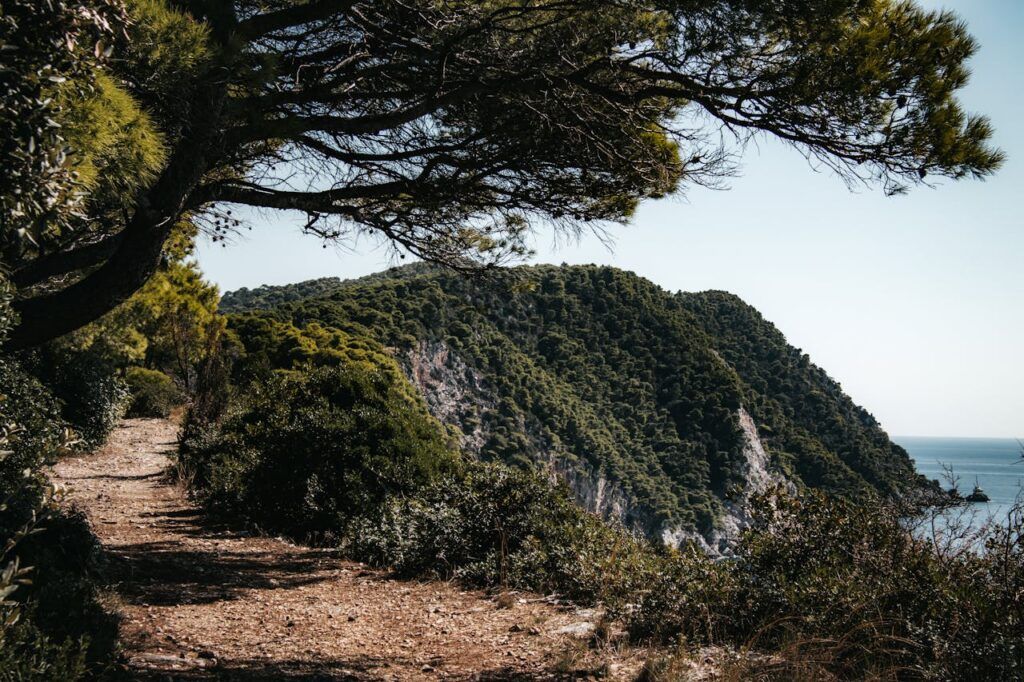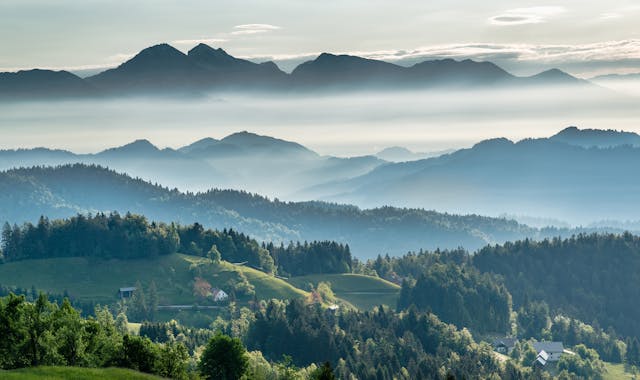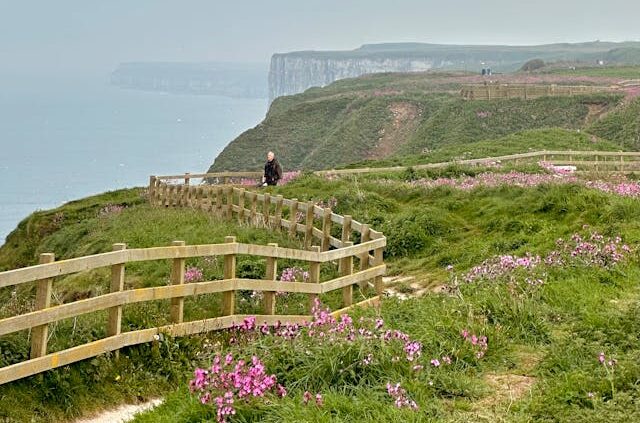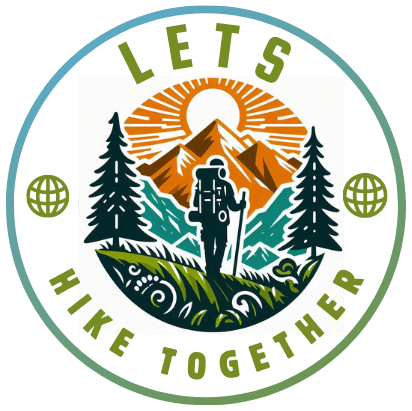Unforgettable Landscapes for First-Time Hikers in Europe.
There’s something magical about discovering Europe on foot. Whether it’s your very first hiking trip or you’re simply easing into the outdoors again, the trails here offer more than just breathtaking views, they invite you to slow down, breathe deep, and truly connect with the landscape.
From dramatic coastal paths to peaceful forest walks and sweeping alpine panoramas, Europe has something for every kind of beginner. In this guide, I’ve gathered some of the best first-time hiking trails across the continent, organized by terrain and difficulty. These routes are perfect for building confidence, soaking up nature, and falling in love with hiking one step at a time.
Contents
For Easy/Beginner Hikes in Europe
For Moderate Hikes
For Scenic and Challenging Hikes
For Coastal Hikes
For Forest and Countryside Hikes
Trail Maps and Resources
Practical Hiking Tips
Planning Your Hiking Trip
General Best Times for Hiking in Europe
cristian rossa

For Easy/Beginner Hikes in Europe
- Lake Bled (Slovenia)
- Distance: 4 miles / 6.5 km (around the lake)
- Elevation Gain: Very low
- Highlights: A peaceful walk around the famous Lake Bled with views of the church on the island. It’s easy and incredibly scenic, with the Julian Alps in the background.
- The Cinque Terre (Italy)
- Distance: 6 – 9 miles / 9.5 – 14.5 km (depending on the segment)
- Elevation Gain: Moderate (some ups and downs)
- Highlights: Stunning coastal views, colorful villages, vineyards, and cliffside paths that connect the five towns. The hike between Monterosso and Vernazza is especially popular.
- Lindos (Rhodes, Greece)
- Distance: 2 miles / 3 km
- Elevation Gain: Low to moderate
- Highlights: An easy hike up to the ancient Acropolis of Lindos with spectacular views of the sea and coastline. The hike is short, and you can explore the ruins at the top.
- Rothaarsteig Trail (Germany)
- Distance: 2 – 4 miles / 3 – 6.5 km (various sections)
- Elevation Gain: Low
- Highlights: A mix of forest, meadows, and hills in the Rothaar Mountains. This is a great way to explore the German countryside with picturesque views of rolling hills and forests.
For Moderate Hikes (A bit more challenge but still manageable)
- Trolltunga (Norway)
- Distance: 8 -12 miles / 13 – 19 km (depending on route)
- Elevation Gain: 3,300 feet /1005.84 metre
- Highlights: Known for its jaw-dropping cliffside rock formation, Trolltunga offers an unforgettable view. It’s a bit strenuous, but the trail is well-marked, and the scenery is completely worth the effort.
- The Path of the Gods (Italy – Amalfi Coast)
- Distance: 5 miles / 8 km
- Elevation Gain: Moderate to steep
- Highlights: Stunning cliffside views of the Amalfi Coast, traditional villages, and gorgeous panoramas of the Mediterranean. It’s a bit more challenging but absolutely worth it.
- Glencoe Valley (Scotland)
- Distance: 5 – 6 miles / 8 – 9.5 km
- Elevation Gain: Moderate
- Highlights: This iconic Scottish valley is full of history and natural beauty. The hike can be relatively easy, but you’ll still get a great sense of the rugged landscape, with sweeping views and wild mountain scenery.
- Lago di Braies (Pragser Wildsee, Italy – Dolomites)
- Distance: 3 – 4 miles / 5 – 6.5 km (around the lake)
- Elevation Gain: Low
- Highlights: One of the most beautiful lakes in the Dolomites, surrounded by dramatic mountain peaks. It’s an easy trail with stunning scenery, perfect for a leisurely hike.

For Scenic and Challenging Hikes
- Tour du Mont Blanc (France, Switzerland, Italy)
- Distance: 105 miles / 169 km (can be done in sections)
- Elevation Gain: 32,800 feet
- Highlights: This famous multi-day hike around Mont Blanc takes you through three countries and offers dramatic alpine views. It’s a bit more challenging, but you can always opt for shorter sections for your first hike.
- Picos de Europa (Spain)
- Distance: Varies (many routes)
- Elevation Gain: Moderate to steep
- Highlights: A beautiful mountain range in northern Spain, the Picos de Europa offers alpine landscapes, deep valleys, and high cliffs. Some trails are easier than others, but you’ll find something for every skill level.
- The Dolomites (Italy)
- Distance: Varies (options from easy to challenging)
- Elevation Gain: Varies (can be moderate to high)
- Highlights: Known for their jagged peaks and stunning mountain views, the Dolomites offer trails for beginners to seasoned hikers. For a moderate challenge, consider the Tre Cime di Lavaredo trail.
- Sierra de Guadarrama (Spain)
- Distance: 7 – 10 miles 11 – 16 km
- Elevation Gain: Moderate
- Highlights: A beautiful range of mountains near Madrid, with forests, lakes, and great views. The Peñalara Peak hike offers a more challenging, high-altitude experience.
For Coastal Hikes (Europe’s Best Beach Views)
- Sentiero Azzurro (Cinque Terre, Italy)
- Distance: 5 miles / 8 km
- Elevation Gain: Moderate
- Highlights: This is the iconic coastal hike linking the five Cinque Terre villages. It’s a bit hilly but very scenic, with stunning sea views.
- Cape Cornwall (UK)
- Distance: 4 – 5 miles 6.5 – 8 km
- Elevation Gain: Moderate
- Highlights: A hike with dramatic views of the Atlantic, past rugged cliffs, rocky coves, and historical sites. This is one of the most scenic coastal hikes in the UK.
- Algarve Coastal Path (Portugal)
- Distance: Varies (depending on the section)
- Elevation Gain: Low to moderate
- Highlights: Walk along the cliffs of the Algarve with breathtaking views of the sea, caves, and beaches. There are various sections, from easy strolls to longer hikes.

For Forest and Countryside Hikes
- Black Forest (Germany)
- Distance: Varies (many routes)
- Elevation Gain: Low to moderate
- Highlights: Beautiful and serene, with trails through deep forests, along streams, and past charming villages. The Westweg Trail is one of the most famous in the region.
- Triglav National Park ( Slovenia)
- Distance: Varied trails from 5 km to over 100 km (depending on the route)
- Elevation Gain: Ranges from 500 m on shorter hikes to over 2,000 m on multi-day routes, including the climb to Mount Triglav itself (2,864 m)
- Highlights: Mount Triglav offers panoramic views of the Alps, crystal-clear rivers, alpine meadows, emerald lakes, and the Julian Alps. A popular hiking trail is the Vintgar Gorge Trail, along with hikes around Lake Bohinj.
- Białowieża Forest (Poland/Belarus)
- Distance: Trails range from short 5 km walks to multi-day treks (up to 50 km or more)
- Elevation Gain: Relatively modest, with gentle terrain; typically around 100–200 m elevation gain on longer routes
- Highlights: Białowieża Forest is one of Europe’s last and largest remaining parts of the primeval forest, a UNESCO World Heritage Site. It is home to the largest population of European bison, it has old-growth trees, including centuries-old oaks and pines, as well as rare plants. Besides bison, the forest teems with wildlife such as lynx, deer, wild boar, wolves, and over 250 bird species.
Trail Maps and Resources
- Europe Active – Self-guided and guided tours
- Walks in Europe – Cultural walking holidays
- UTracks – Multi-country trekking routes
Practical Hiking Tips
| Tip | Details |
| Weather Prep | Always check local conditions before hiking |
| Trail Maps | Use apps like Komoot or AllTrails |
| Footwear | Waterproof hiking boots are best |
| Leave No Trace | Pack out waste and stay on trails |
| Learn Local Words | Greetings go a long way in rural areas |
Planning Your Hiking Trip
- Best Seasons: Spring (April–June) and Autumn (Sept–Oct)
- Essentials: Layered clothing, reusable water bottle, trail snacks
- Gear: GPS app, lightweight backpack, rain gear
- Lodging: Rural guesthouses, mountain huts, vineyard stays

General Best Times for Hiking in Europe
1. Spring (April – June)
Best For: Mild weather, fewer tourists, blooming landscapes, and peaceful trails.
- Western Europe:
- Alps (France, Switzerland, Austria, Italy): Spring offers mild weather, with lower-altitude trails accessible before the summer crowds. The lower foothills of the Alps are great for hiking.
- French Pyrenees: The temperatures are usually moderate, and the spring flowers are in full bloom.
- Scotland & Ireland: Spring is great for hiking as the weather is cool but manageable, and the landscapes are lush and green.
- Eastern Europe:
- Carpathians (Romania, Slovakia, Ukraine): Spring brings mild temperatures and fewer tourists, perfect for exploring the Carpathian range. Trails are typically accessible before the summer heat.
- Balkan Mountains (Bulgaria, Serbia, Montenegro): Springtime offers cooler temperatures, making it easier to enjoy the mountains and valleys without the intense heat of summer.
- Advantages:
- Temperatures: Mild, typically between 10-20°C (50-68°F).
- Fewer crowds compared to summer months.
- Wildflowers and fresh greenery create beautiful scenery.
- Considerations:
- Higher altitudes (like the Alps) can still have snow or be a bit colder, so check trail conditions.
2. Summer (July – August)
Best For: Warm weather, high-altitude hikes, mountain adventures, and accessing the most iconic European trails.
- Western Europe:
- Alps (France, Switzerland, Austria, Italy): Summer is peak hiking season in the Alps, with clear skies and accessible high-altitude trails, such as the Tour du Mont Blanc and GR20 in Corsica.
- Pyrenees & Dolomites: Great for trekking in higher altitudes with dry, sunny weather.
- Scandinavia (Norway, Sweden, Finland): Summer is the best time to hike in Norway’s fjords, Swedish Lapland, or Finland’s national parks.
- Eastern Europe:
- Tatras (Slovakia, Poland): The Tatras offer stunning summer hikes with moderate temperatures. The trail to Rysy (the highest peak in Slovakia) is accessible, as are numerous other alpine trails.
- Balkan Mountains (Serbia, Bulgaria, Montenegro): Summer provides warm weather for lower-altitude hikes but can be sweltering at lower elevations.
- Carpathians (Ukraine, Romania): The higher peaks like Moldoveanu (Romania’s highest) are accessible, and summer brings plenty of opportunities for trekking.
- Advantages:
- Warm weather means hiking at any altitude, especially in the mountains, is more enjoyable.
- Long days with extended daylight hours.
- Access to high-altitude routes and famous trails.
- Considerations:
- High tourist traffic, especially in famous destinations (e.g., Alps, Dolomites).
- Can be very hot in the lower-altitude and southern parts (Balkans, Spain).
3. Fall (September – November)
Best For: Ideal for hiking in most regions, as the weather is cooler, and the autumn colors make landscapes even more spectacular.
- Western Europe:
- Alps: A great time to visit the Alps for hiking, still mild temperatures and no snow at lower elevations. The fall colors add to the beauty of the landscape.
- Scotland & Ireland: The weather is cool, and fall foliage in places like the Scottish Highlands or Irish hills is stunning.
- Spain & Portugal: Mediterranean regions like Sierra Nevada or Alpujarras are perfect for fall hiking, with cooler temperatures than the summer.
- Eastern Europe:
- Balkan Mountains (Bulgaria, Serbia): Fall is an ideal time for hiking, with cool temperatures and fewer tourists. The foliage colors in places like Tara National Park (Serbia) and Rila Monastery (Bulgaria) are spectacular.
- Carpathians (Romania, Slovakia): The autumn weather is ideal for hiking, with fewer crowds and cooler temperatures.
- Poland & Ukraine (Tatras, Beskidy): Perfect time for moderate hikes, and the fall colors make it a memorable experience.
- Advantages:
- Mild temperatures and crisp air—perfect for hiking at any altitude.
- Fewer crowds than summer, but the scenery is still vibrant.
- Fall foliage makes many landscapes look even more stunning.
- Considerations:
- Days are shorter, so plan your hikes accordingly.
- Some mountain regions may begin to see snow at higher elevations (especially in the Alps).
4. Winter (December – February)
Best For: Winter hikes, cross-country skiing, and snowshoeing in mountain regions or less-travelled landscapes.
- Western Europe:
- Alps (France, Switzerland, Austria, Italy): Winter is the best time for skiing and snow-related activities, BUT certain lower-altitude trails are accessible for experienced winter hikers.
- Scandinavia (Norway, Sweden, Finland): Perfect for winter hiking, snowshoeing, or exploring the Arctic Circle in Finland or Norway’s Lofoten Islands.
- Eastern Europe:
- Kopaonik (Serbia): Known for skiing in winter, but also offers quieter winter hikes for those seeking solitude in snowy landscapes.
- Tatra Mountains (Slovakia, Poland): Great for skiing and winter trekking, though conditions can be harsh. Make sure you’re prepared for deep snow and cold temperatures.
- Advantages:
- Snow-covered landscapes offer a magical, serene atmosphere.
- Fewer tourists in most places.
- Ideal for winter sports or low-altitude hiking in southern regions.
- Considerations:
- Cold temperatures can make high-altitude or alpine trails dangerous due to snow and ice.
- Limited daylight and some trails may be closed due to snow conditions.
- You’ll need proper gear (layering, winter boots, etc.).

